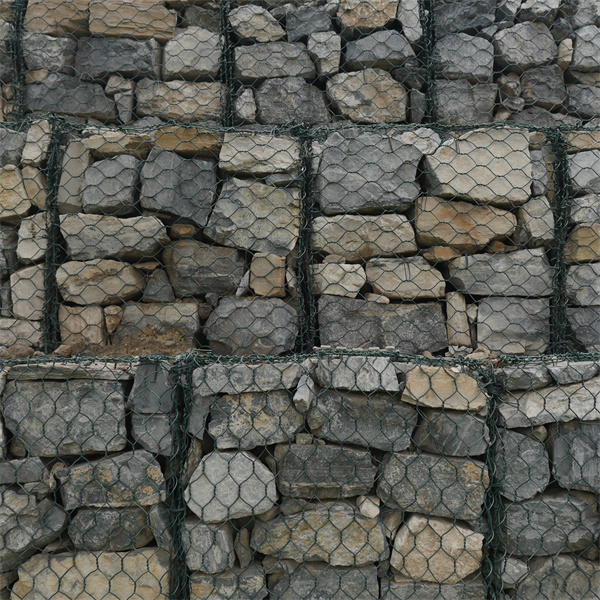Sht . 14, 2024 02:35 Back to list
gabion green wall manufacturer
The Benefits of Gabion Green Walls A Sustainable Solution
In recent years, the focus on sustainable environmental practices has intensified, leading to innovation in construction and landscaping. One such innovation is the gabion green wall, which combines functional and aesthetic attributes while promoting ecological benefits. As the demand for urban greenery grows, gabion walls have emerged as a popular choice among manufacturers and landscape architects.
What is a Gabion Green Wall?
A gabion green wall consists of wire mesh cages filled with stones or other materials, which serve as a sturdy structural base. This framework is then integrated with living plants, mosses, or other green elements to create a vertical garden. The dual nature of gabions drives their appeal— providing a resilient foundation while encouraging plant growth.
Environmental Benefits
Gabion green walls are particularly beneficial for the environment. Firstly, they contribute to biodiversity by providing habitat for various species, including birds and insects. By encouraging the growth of different plant species, these walls can improve local ecosystems.
Furthermore, gabion green walls help to improve air quality by filtering pollutants and absorbing carbon dioxide
. The presence of greenery can also mitigate the urban heat island effect, leading to cooler temperatures in densely populated areas.Additionally, the natural drainage capabilities of gabions reduce runoff water, minimizing erosion and promoting groundwater recharge. This is crucial in urban environments where impervious surfaces dominate, often leading to flooding during heavy rainfall.
Aesthetic Appeal
gabion green wall manufacturer

Beyond their environmental benefits, gabion green walls offer significant aesthetic advantages. They can be designed to fit various architectural styles, from rustic to modern. The natural stone finishes can blend seamlessly into any landscape, while the lush greenery adds color and life to otherwise monochromatic structures.
As a central feature in parks, commercial buildings, and residential properties, gabion walls create striking visual contrasts. They can be utilized in numerous ways, whether as a privacy screen, boundary wall, or even an art installation.
Durability and Low Maintenance
Gabion green walls are built to last. The stones used in the mesh cages provide exceptional strength and durability, while the wire mesh is resistant to corrosion, ensuring longevity. Once established, the plants can require minimal maintenance, making these walls an efficient and cost-effective solution.
Manufacturers of gabion systems often offer guidance on plant selection based on the local climate, ensuring sustainability. Choosing native plants can lower maintenance needs and enhance the overall resilience of the green wall.
Conclusion
The gabion green wall is a testament to how construction and nature can work together to create sustainable solutions. With their myriad benefits—environmental, aesthetic, and practical—gabion green walls are reshaping our approach to urban landscaping. Manufacturers are increasingly investing in this innovative solution, recognizing its potential to mitigate environmental challenges while enhancing the beauty of our spaces.
As cities around the world grow and evolve, incorporating components like gabion green walls can pave the way for a more sustainable future. Embracing such methods not only enhances individual properties but also contributes to the overall health of urban ecosystems. Investing in gabion green walls is not just a trend; it is a step toward fostering resilience and sustainability in our built environment.
-
hesco-gabion-baskets-for-coastal-erosion-prevention
NewsAug.22,2025
-
longevity-and-durability-of-river-rock-gabion-walls
NewsAug.22,2025
-
how-to-integrate-gabion-3d-walls-in-urban-planning
NewsAug.22,2025
-
reno-mattress-gabion-applications-in-civil-engineering
NewsAug.22,2025
-
how-to-install-wire-mesh-for-gabion-baskets-properly
NewsAug.22,2025
-
best-materials-for-filling-a-chain-link-gabion
NewsAug.22,2025
-
Wire Mesh Thickness Impact on Gabion Wall Load Bearing
NewsAug.12,2025






